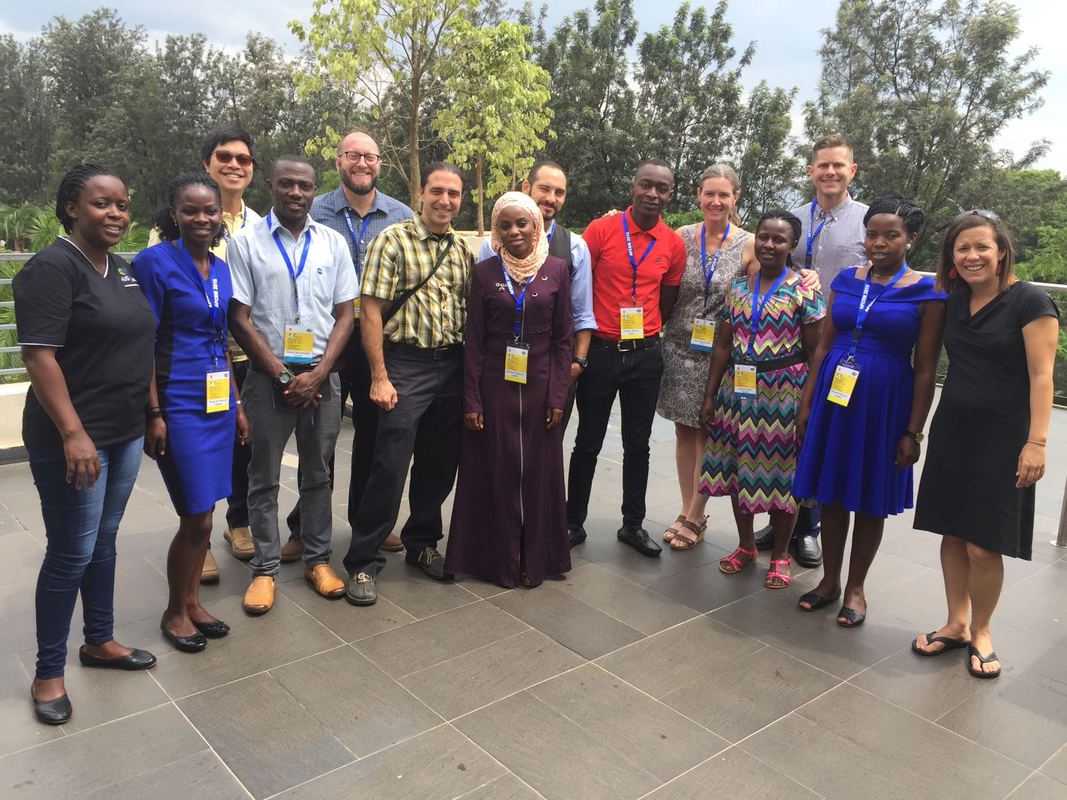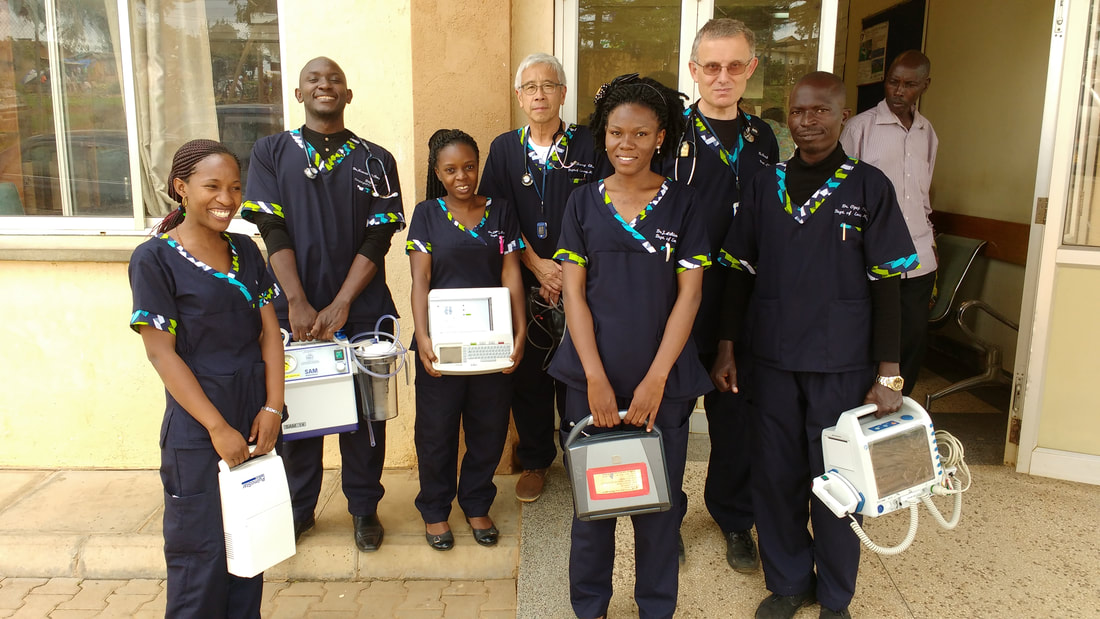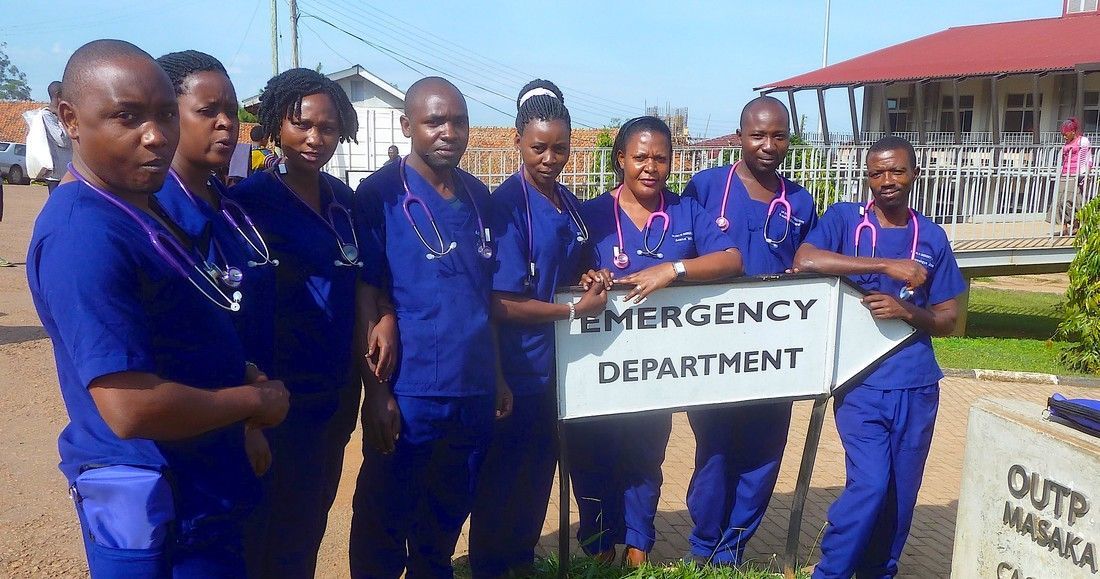Our team was thrilled to participate in the 4th African Conference on Emergency Medicine this…
EMERGENCY CARE & THE SUSTAINABLE DEVELOPMENT GOALS
Emergency care has the potential to be a major driver towards successful completion of 10 health-related Sustainable Development Goals (SDGs) targets. The SDGs are a new, universal set of goals, targets, and indicators that UN member states are expected to use to frame their agendas and political policies over the next 15 years. The SDGs follow and expand on the millennium development goals (MDGs), which were agreed by governments in 2001 and expired at the end of 2015.
As an NGO working in global health and development, GECC strongly supports the SDGs and works to help reach the identified targets by 2030. In fact, GECC is in a unique position to contribute to SDG success because our mission to increase access to emergency care can directly improve outcomes for 10 different SDG targets.
Those targets are:
- By 2030, reduce the global maternal mortality ratio to less than 70 per 100,000 live births
- By 2030, end preventable deaths of newborns and children under 5 years of age, with all countries aiming to reduce neonatal mortality to at least as low as 12 per 1,000 live births and under-5 mortality to at least as low as 25 per 1,000 live births
- By 2030, end the epidemics of AIDS, tuberculosis, malaria and neglected tropical diseases (NTDs) and combat hepatitis, water-borne diseases and other communicable diseases
- By 2030, reduce by one third premature mortality from non-communicable diseases through prevention and treatment and promote mental health and well-being
- Strengthen the prevention and treatment of substance abuse, including narcotic drug abuse and harmful use of alcohol
- By 2020, halve the number of global deaths and injuries from road traffic accidents
- Achieve universal health coverage, including financial risk protection, access to quality essential health-care services and access to safe, effective, quality and affordable essential medicines and vaccines for all
- By 2030, substantially reduce the number of deaths and illnesses from hazardous chemicals and air, water and soil pollution and contamination
- By 2030, significantly reduce the number of deaths and the number of people affected and substantially decrease the direct economic losses relative to global gross domestic product caused by disasters, including water-related disasters, with a focus on protecting the poor and people in vulnerable situations
- Significantly reduce all forms of violence and related death rates everywhere
Training Emergency Care Practitioners to diagnose and treat acutely ill and injured patients is a horizontal intervention that cuts across many disease-based interventions, like HIV/AIDS, TB, malaria, and NTDs, as well as a wide variety of other public health interventions, like infant and maternal mortality, injuries, road traffic accidents, substance abuse, poisonings, water borne diseases, disasters, and violence. Because emergency care clinicians usually are the first to treats patients with a wide variety of diseases and injuries, the proliferation of specialty trained emergency care clinicians will not only provide essential surveillance, but also improve outcomes in no less than 10 SDG target areas.



This Post Has 0 Comments